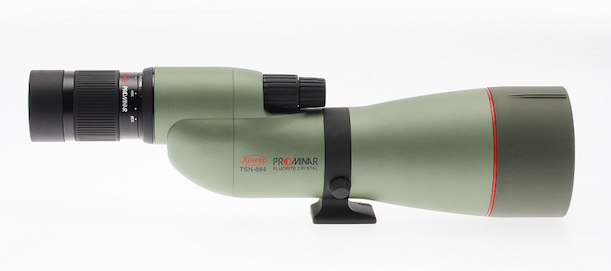by Larry Jordan
on May 9, 2008

House Finch Nestlings photo by Larry Jordan
Here is a photo of the young House Finches no more than a couple of days old. I will try to get more photos as they grow. These were taken Sunday, May 4th in my neighbors planter on their back porch. These little finches make a variety of calls and will keep your backyard full of song. Click on the button below to hear there sounds:[audio:http://www.buildyourownbirdhouseplans.com/audio/HouseFinch.mp3]
It is so exciting to watch birds as they raise their young. Open your eyes to a whole new world of bird watching every spring during mating and nesting season and you will be amazed at what you will discover.
In the next few weeks I will be posting some stories of the birds I have watched nesting this spring including the Western Bluebird, Oak Titmouse, Red-shouldered Hawk, Red-tailed Hawk, Tree Swallow, American Kestrel, Burrowing Owl, Barn Owl, Wood Duck and coming soon, one of my favorites, the Ash-throated Flycatcher! Until then…
Happy Birding!
{ }
by Larry Jordan
on April 28, 2008

A Pair of House Finches photo by Lisa Williams
As I was driving home from town yesterday, coming down the gravel road that is the last mile to my house, I saw a Western Kingbird sitting on a neighbors fence. The Western Kingbirds have just arrived in my area and this one was in beautiful color. You’re probably wondering why I’m talking about the kingbird when this post is about House Finches? Well, let me explain.
I got out of my car to get a better look at the kingbird as it flew up into the top of a nearby tree. One of my neighbors had been behind me on the road and had turned up his driveway about a quarter mile back. When he saw me intently viewing something with my binoculars, he decided to come back out on the road and approach me to find out just what I was doing.
I explained my birdwatching activities and he and his wife were quick to jump in. They proceeded to tell me about a bird nesting in the potted ivy on their back porch! Since they din’t know what kind of bird it was, I asked if I could come take a look (my biggest fear was that it could be a house sparrow ).
I was much relieved when I saw this nest in the planter.

House Finch Nest photo by Larry Jordan
Sure enough there were a pair of House Finches sitting up in a nearby tree watching as I took this photo. These pretty birds are abundant in our area and most of the U.S. They make a very neat nest , in this case, lined with horse hair. [continue reading…]
{ }
by Larry Jordan
on April 20, 2008

Western Bluebirds 8 to 10 Days Old photo by Larry Jordan

Oak Titmouse Chicks about 1 Week Old photo by Larry Jordan
You can see by these photos that these birds are about a week old but no older than 10 days because they still have their feather sheaths. Shortly after these photos the sheaths will begin to disintegrate and wing feathers will begin to emerge.
It is critical that you don’t try to monitor the birds beyond day thirteen. The reason for this is that you don’t want to create a situation where the chicks try to fledge prematurely. If you keep good records during incubation and know when the chicks hatch, you can have a very good idea of when they will fledge and you will be able to watch them take their first flights! [continue reading…]
{ }
by Larry Jordan
on April 12, 2008

Western Bluebirds 2 to 5 Days Old photo by Larry Jordan

Oak Titmouse Chicks on Day 1 photo by Larry Jordan
As you can see in the top photo, six of the Western Bluebirds have hatched and that was the last egg count I had of this nest. I am thinking that they are at least three days old here because they have all hatched and they have some feather sheaths beginning to develop on their wings.
The Oak Titmouse, on the other hand look like they are just hatched. They are bare and there are only four hatchlings and I counted six eggs on my last count. I couldn’t see well enough inside the nest to see how many unhatched eggs were still there. Hatchlings this young are very delicate and it is best not to handle them at all.
I will keep you updated on the bluebird and titmouse families and try to check their nestboxes more frequently for the next ten days. It is very important not to check your nestboxes after day 13 as you may cause premature fledging of the young.
To see a complete set of photos from egg to empty nest, check out my friend Bet’s website here: Sialis.org She has an incredible amount of information on Bluebirds.
{ }











Social Media Connect